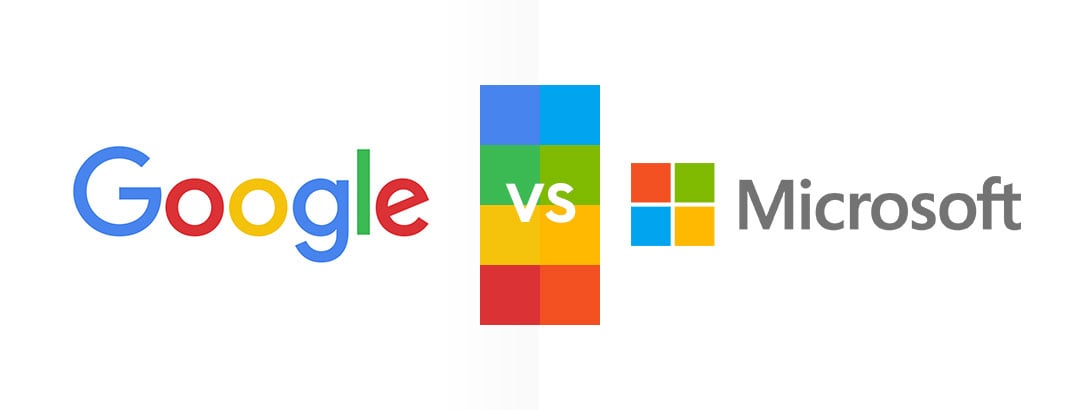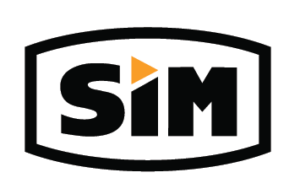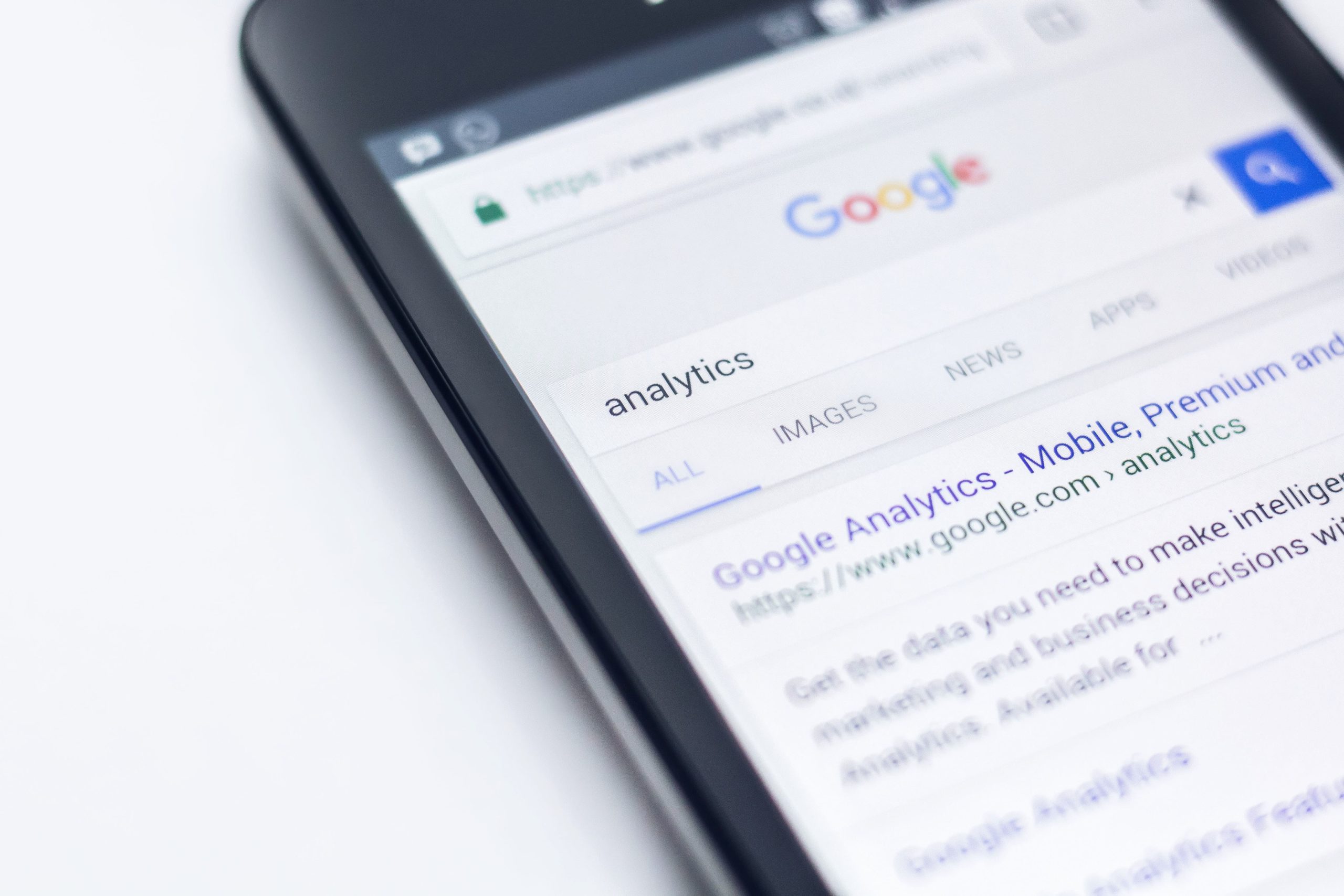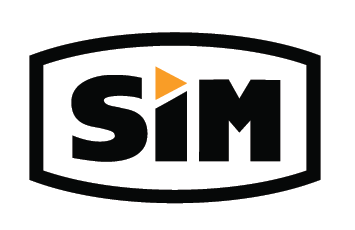The Secret to Digital Market Success
Start with a Strategy.
Ad campaigns are an important marketing strategy for all kinds of businesses that want to increase brand awareness and profits. Understanding your options and the associated work and costs are key before starting down this path.
Keyword and audience research
When setting up an online ad campaign you need to define the audience you will be marketing to so you know who will see your ads.
In paid search campaigns, this is achieved through keyword research. Keyword or Key Phrase research is the process of discovering the real keywords that people are using to search for topics related to the business you are in. You then bid on those keywords so that your ads will show when people search for those topics.
A sound ad campaign structure
Wherever you’re creating your ad campaign, it’s important to pay attention to your campaign structure. Ad campaigns should be organized according to business goals. You wouldn’t want to mix ads intended to drive brand awareness with ads intended to drive sales, because these ads will need to be built very differently, and results and metrics for different ad types will look very different.
Keyword Research Tools
Both platforms offer keyword research tools, broad match and negative keyword targeting. The largest difference you will find between the two is that the search volume for Microsoft keywords is much lower than Google. The main cause of this is that Microsoft’s reach is much lower than Google’s.
Google Ads
Google AdWords is a paid search advertising platform that allows businesses to place sponsored ads in search engine results, as well as on the Google Display Network, in Gmail, on YouTube and other placements. Google search ads in particular can be highly particular, because search terms reveal a lot of intent: in other words, you can tell what a person wants by what words they use to search on Google. That allows you to create ad campaigns that really meets their needs.

Google has a number of advertising tools including:
- Search Campaigns (PPC) – These show up when people search for what you offer
- Shopping Campaigns – Allows you to show off your online and local inventory of products
- Display Campaigns – Where compelling visual ads capture attention
- Video Campaigns – Using video to attract
- App Campaigns – Promoting your App to the right people
Microsoft Advertising
Bing powers 37.5% of U.S. desktop searches1 and 13.9 billion monthly searches around the globe, plus connects you with 44.2 million searchers that Google can’t reach. In fact, 27 percent of clicks come from searches that are exclusive to the Microsoft Search Network. In the U.S., the Microsoft Search Network has 138 million unique searchers.
What is the Microsoft Search Network?
Microsoft Search Network is a part of your customers’ life, powering the devices, apps and sites they use every day and meeting them in the moments that matter most.
Searchers find the Microsoft Search Network on Bing and partner sites, through Windows 10, Cortana and Office, plus across third-party platforms and partnerships — whether it’s search inside Amazon’s devices, web results for Siri and Spotlight Search on Apple devices, or maps on thousands of leading websites.

How does the Microsoft Search Network differ from Microsoft Advertising?
The Microsoft Search Network consists of Bing and partner sites. It’s where your business can reach a large and unique audience made up of millions of people who search every day. Use the advertising platform Microsoft Advertising to connect with these valuable potential customers.

Ad campaign measurement and optimization
If you want to achieve ROI on your online ad campaigns, you need to measure and monitor their performance closely so you can make adjustments where needed. Some of the key online ad campaign metrics you’ll want to monitor include:
- Click-through rate
- Cost per click
- Cost per action
- Conversion rate
- Impression share
Google vs. Microsoft
How are They Similar?
The concept behind Google Ads and Microsoft Marketing is essentially the same. Both platforms are pay-per-click advertising platforms designed to help you achieve your short-term marketing goals or to get quick conversions. In both cases PPC search ads usually look almost exactly like regular search results, except for the label that declares they are in fact ads.

How are They Different?
Google Ads are comprised of two different advertising networks – the Search Network and the Display Network.
The Search Network consists of text ads that appear in the SERP. The Display network consists of display ads that appear on a number of different websites across the internet – usually these are much more graphic based then the text-driven styles of ads that appear in search engines.
Microsoft Ads is owned by Microsoft which also owns Yahoo and AOL, so when you advertise on one of it’s platforms your ad can be seen on all three search engines. This opens your campaigns to searchers across Microsoft, Yahoo and AOL operated sites, along with their various partner sites. When it comes to search ads, there isn’t a huge practical difference between Google and Microsoft ads, they largely have the same functionality, just on different platforms.
Which Platform is Best – Microsoft or Google?
When deciding which platform to advertise on, it is important to consider reach, cost, targeting capabilities, and conversion rates. Both platforms are designed to help your online business reach its target audience, drive traffic, and increase revenue, but each has their own unique benefits and features that make them advantageous over the other. These days, it is smart to consider both. See below for the differences, and contact SIM to get started!
COST
Although Ad budgets fluctuate by industry, Bing Ads tend to be far more affordable than Google Ads. It is possible that the lower costs have to do with the fact that Bing has less competition for keywords which means that clicks are typically cheaper, and you get more for your money.
REACH
It is no secret that Google dominates the search engine market, meaning they have a much larger search volume and larger reach. In 2020, Google had 92.06% of the worldwide search engine market share, while Bing and Yahoo only had 4.41% combined. Although reach is significantly lower on Bing, there is still value.
Ads on Bing reach 63 million users that are not reached using Google AdWords. That is a large amount of traffic to miss out on by only using Google. Bing also accounts for 30% of all searches in the U.S. and a large amount of older, wealthy users while Google tends to have a younger demographic of users.
Over 70% of Bing users are older than 35, 33% of users are older than 55, and 38% of those users have an annual household income of more than $100,000. Bing also accounts for 34% of all desktop searches in the U.S. so ignoring Bing as an ad platform means ignoring almost one-third of your potential audience.
In addition to increasing your visibility with Bing Ads, you are also able to reach a wider more specific demographic than if you were just using Google AdWords alone.
TARGETING CAPABILITIES
With Google Ads, you can target users based on affinity, demographics, remarketing, similar audience and more. Bing Ads targeting capabilities are similar except their device targeting options are more comprehensive compared to Google’s.
Bing allows you to target audiences based on their device type and OS, as well as assign different campaigns different time zones. You also have the options to not display your campaign ads on desktops if you only want to reach mobile users.
Since most of the world uses Google as their primary search engine though, Bing users can be a little more difficult to target.



